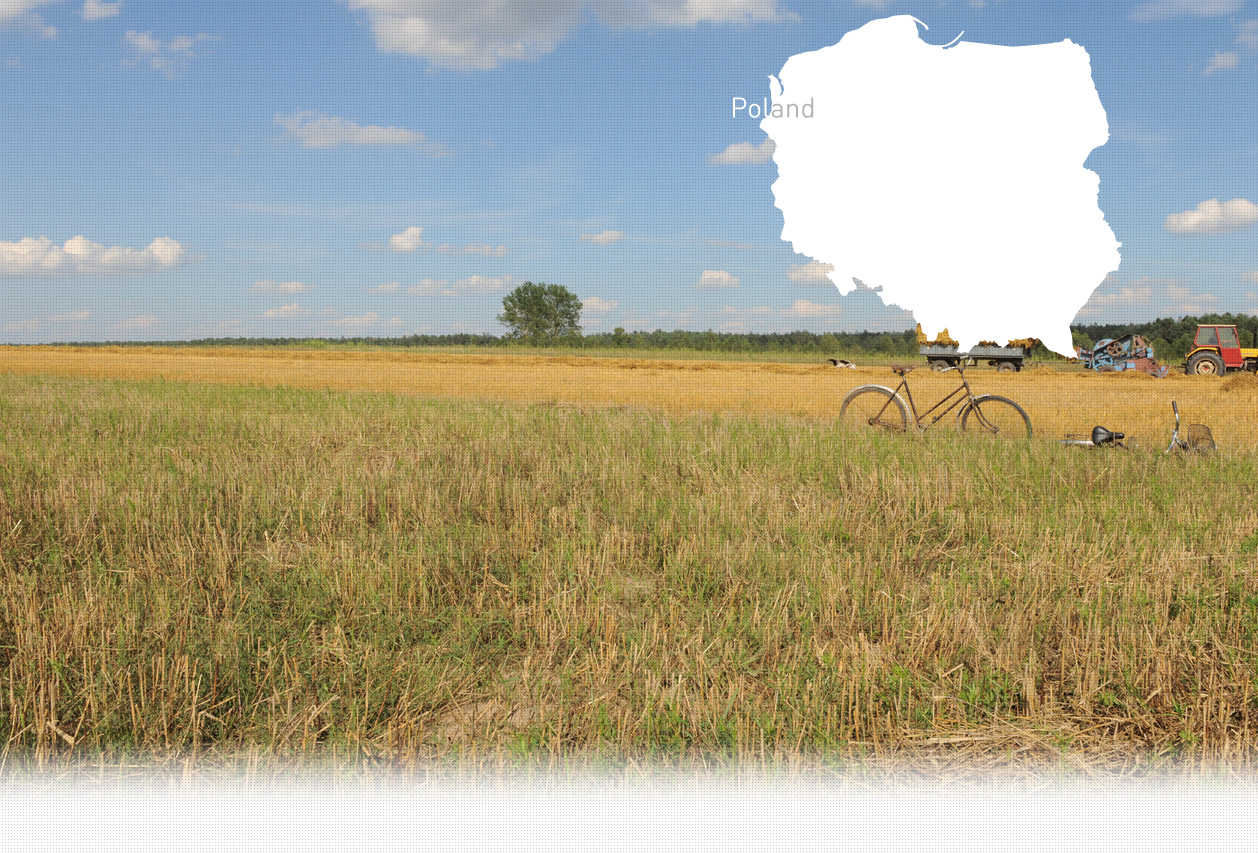

1 Sitio(s) de ejecución
Aleksandra P., born in 1928: "I saw the Jews from Chełm being led in a column toward Hrubieszów. Those who couldn’t keep up were killed on the spot. My father saw it all from a distance, but I went closer and witnessed the killings myself. They were all men, and the column was massive—several hundred people. The Germans surrounded them on bikes and in cars, forcing the Jews to walk quickly, both out of fear and because the Germans pushed them hard, trying to exhaust them. If someone fell, they were immediately shot with a rifle. After the column passed, the road was littered with bodies."[Testimony N°YIU41P, interviewed in Teresin, on July 8, 2011]
"Questionnaire on mass killings and mass graves.
1. Date and place of killing: October 1941, road between Chełm and Hrubieszów.
2. Type of killing/shooting, hanging or other types: Shooting during marches.
3. Details of victims executed:
Poles, Jews, foreigners: Jews, of unknown origin.
Number of people executed: Around 70.
Origin of victims: The victims were picked up on the road.
Names, ages, occupations and addresses: Doctor Obst from Chełm, the rest unknown.
4. Do we know what the victims were accused of, or was the killing an order of reprisal or other: We don't know, it was probably an anti-Jewish action. [...]
7. Were the bodies burned? Or destroyed in some other way? Where were they buried? The bodies were collected and buried in a mass grave in the village of Buśno, in a sand quarry near the road between Chełm and Hrubieszow." [IPN GK 163/13, Questionnaire on mass executions and mass graves in the lubelskie province, districts: Chełm, Hrubieszów, Krasnystaw. Based on the statement of Jan Kwiatkowski, aged 34, resident of Bialopole, collected on October 12, 1945].
Buśno is a small village in the Białopole district of Lublin province in eastern Poland, located about 28 km southeast of Chełm and 89 km east of the regional capital, Lublin. Before World War II, the village was primarily inhabited by Poles and Ukrainians. In the nearby county seat of Białopole, just 3 km from Buśno, Poles lived alongside Orthodox Ukrainians, Jews, and Germans, who had settled in Białopole and surrounding villages in the 1930s.
The village of Buśno lies midway along the 50-kilometer road connecting Chełm and Hrubieszów. On December 1 and 2, 1939, nearly 2,000 Jewish men from Chełm were forced on a death march along this road, driven by SS men toward the Soviet zone through Hrubieszów to Sokal on the Bug River. The column left Chełm’s central square on the morning of December 1, marching day and night, reaching Hrubieszów the following morning. Along the way, Germans fired on the marchers, killing the weak and executing groups of Jews to hasten the pace. According to sources, up to half of those deported may have perished along the way.
Yahad witnesses from the villages of Teresin and Raciborowice, situated on the route, recalled that dozens of bodies were left along the roadside after the column passed. In Raciborowice, the village leader asked locals to collect these bodies and transport them to Buśno, where they were buried in a sand quarry. Polish archives also indicate that around 70 Jews were killed in October 1941 during a march toward Hrubieszów, with their bodies similarly buried in Buśno’s sand quarry.
Through Yahad - In Unum's research, a mass grave of Jewish victims was identified along the road near Buśno, where a memorial now honors the 150 Jews killed during the death march and buried in the quarry.
¿Tiene información adicional con respecto a un pueblo que le gustaría compartir con Yahad?
Por favor contáctenos a contact@yahadinunum.org
o llamando a Yahad – In Unum at +33 (0) 1 53 20 13 17